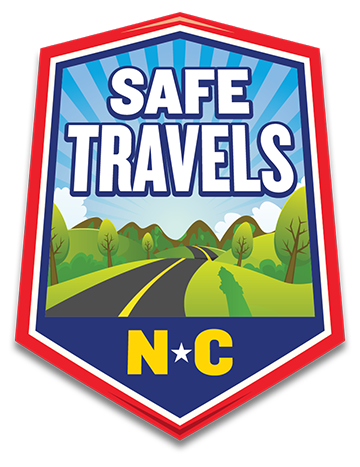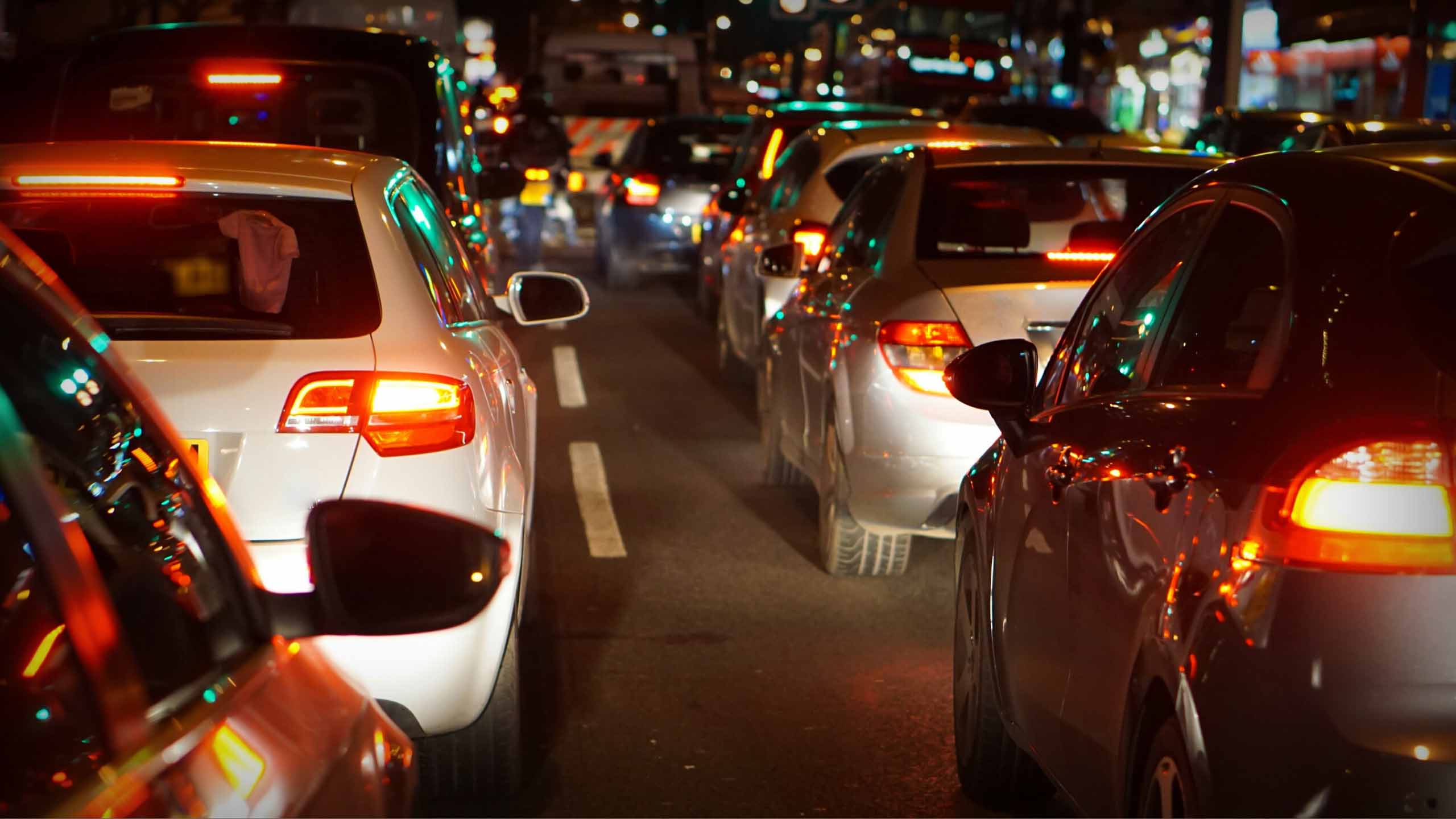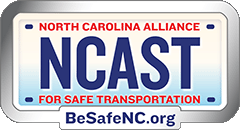STARTING POINT
Hey there!
Welcome to another edition of Safe Travels NC, a free monthly email newsletter from the North Carolina Alliance for Safe Transportation. We hope you find something here that makes your world a little safer.
If you like what you see, forward this to others so they can subscribe.
And, if you have a topic you’d like to see featured, or a question to ask, reach out!


You know when you’re on the highway and traffic slows for no reason? Then it speeds up, only to slow down – again – for no reason (AGAIN).
That’s called a phantom traffic jam, though mathematicians at MIT and other research universities gave it another name about 15 years ago: A jamiton. Jamitons are named after solitons, which is a type of wave that physicists study.
Traffic often moves like a wave, and the predictability of waves can be used to smooth traffic, reduce accidents, lower vehicle fuel usage and cut vehicle emissions. The idea is that a minor disturbance on the highway sets off a chain of events. Something as simple as one driver suddenly braking triggers a wave, and researchers say this is particularly true if cars are spaced less than 35 meters apart.
Once the wave passes, drivers tend to accelerate too quickly, causing another wave of braking.
Studies indicate that even if just 1 out of every 20 drivers change how they brake and accelerate, we could avoid jamitons. Researchers in this study added a single autonomous vehicle to the traffic flow and found that throughput – the number of cars that pass a given point in an hour – increased by 14%.
Fuel consumption in that experiment decreased nearly 43%, and “excessive braking events” dropped precipitously.
This suggests that changing habits for just 5% of drivers could make a difference on our roadways, according to Benjamin Seibold, a Temple University mathematics professor who has studied “jamitons” for more than 15 years.
The best results would likely require a sprinkling of vehicles that are fed data about traffic conditions well ahead and gently decelerate to increase the gap between vehicles even when traffic is slowing a mile away.
But the basic lesson is one we can all take to heart, Seibold says, “Brake earlier and softer.”
8 Minute Interview
State Sen. Kevin Corbin represents a large swath of Western North Carolina, where the road and highway rebuilding effort to come boggles the mind.
…and now, a word from Stormy!
NCAST partnered with the Independent Insurance Agents of NC (IIANC) in the production of a public service ad featuring Carolina Hurricanes play-by-play TV announcer Mike Maniscalco and mascot Stormy to promote awareness of the perils of distracted driving. IIANC is a season corporate sponsor of the Carolina Hurricanes.
The PSA was shot in the Lenovo Center parking lot and features a ‘cast’ of IIANC employees.It will air at every Carolina Hurricanes home game, and IIANC has provided traffic safety grants to run the ad online through February.
Plans are in place for NCAST and IIANC to partner again in 2025 to promote April as Distracted Driving Awareness Month with ads featuring minor league baseball mascots secured through IIANC sponsorships of games with the teams.

US Pedestrian Fatalities Skyrocket

The following chart is disconcerting, and traffic engineers aren’t sure what’s going on. “There’s a lot of theories,” said Dan Murphy, a city engineer in the northeastern United States who posted the chart to social media recently and asked people to “explain this chart please.”
Murphy got a 1,000 comments and no clear answer.
“The thing that seems to have the most credence to me is handheld cell phones,” Murphy said. “But there’s some question because people say, ‘What about Canada, what about Australia?’”
The United States is almost unique, with a pedestrian fatality rate far higher than other developed countries. Murphy, who like a lot of engineers is trying to address this problem through design, wonders if some of the increase is because people moved from urban areas to suburban ones that aren’t as walkable.

Many blame vehicle size – large trucks with big front ends make it harder to see people. But Murphy noted pedestrian fatalities are up for crashes involving sedans, too.
The problem is “all anybody is talking about” in the traffic engineering community, Murphy said.
What can you do?
“Tell drivers not to touch their phones,” Murphy said. “And slow down. Because speed’s really a thing that kills people.”
By the way, that chart came from a 2023 Governors Highway Safety Association report on pedestrian fatalities. If you want to drill down even more, The New York Times produced a podcast on the problem.
Ask a Trooper
“What’s the one lesson teen drivers should take to heart?”
You asked, 1st Sgt. Christopher Knox of the NC State Highway Patrol answered. This month’s question came from a student in Cabarrus County.
Got a question? Ask it in a short video and send it here.


Deadly crashes spiked during the pandemic, and it’s not clear why.
Research from the AAA foundation showed a 17% jump in traffic deaths nationwide from May 2020 through December 2022. That’s nearly 17,000 more deaths than were expected based on pre-pandemic trends.
Young adults aged 20 to 24 saw the worst increase. The increase in occupant deaths was almost entirely among people not wearing seatbelts, and speeding and alcohol contributed to a much larger number of fatal crashes than they did in the pre-pandemic years.
Some hypothesized that the increased speeding and fatalities could be attributed to reduced traffic congestion as people worked from, or stayed close to, home. But that doesn’t seem to be the case, because the increase in fatal crashes was largest late at night and in the early morning hours - times when roads weren’t congested before the pandemic, either.
You can read the AAA Foundation’s full study here.

Transit in the News
Eight really weird, really real traffic laws
- Interesting Facts
Winston-Salem ranked 12th worst city for driving
- WalletHub
Policy recommendations to boost work zone safety
- Natl Conf of State Legislatures
Engineers say it will take years to rebuild Western NC roads
- The Assembly
NC speeding fatalities among nation’s highest
- NC Health News
One Last Thing…


“I became a teen ambassador because everyone should feel safe on the roads. I want to raise awareness and encourage others to drive responsibly and make smart choices. Driving-related accidents have stolen too many lives and caused countless injuries.”
Rylan B, 16, Stanley

“My mom got into a bad accident from a truck driver on his phone and not paying attention, so I take safe driving to a personal level. My goal is to make everybody feel safe while traveling on the roads, as well as for everyone to be aware of the precautions of driving.”
Sydney M, 16, Concord
Take the Lead!
The NC Alliance for Safe Transportation’s new Teen Ambassador program signed up over 100 students across the state in just a few weeks. We’re grateful to these teens willing to spread the word on safety. Every year more than 10,000 North Carolina teenagers are injured in car crashes.
Applications are still open, and Teen Ambassadors will be eligible for a $500 scholarship at the end of the school year. Forward this to the young driver in your life. You never know who you’ll save.
NCAST | Safe Travels NC
Questions? Emails us at info@safetravelsnc.org
Questions relating to privacy and the protection of your personal
information should be sent to info@safetravelsnc.org
Forwarded this newsletter? Subscribe here
Unsubscribe
©2024 North Carolina Alliance for Traffic Safety
Raleigh, NC
